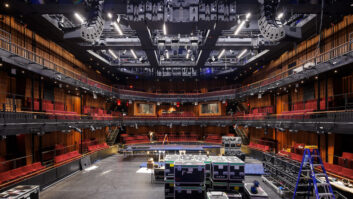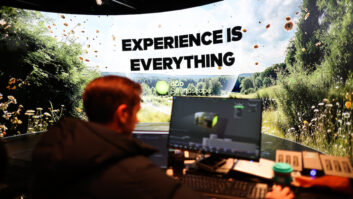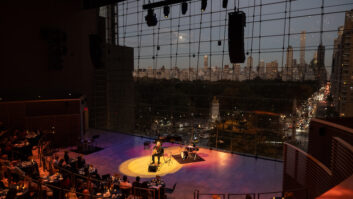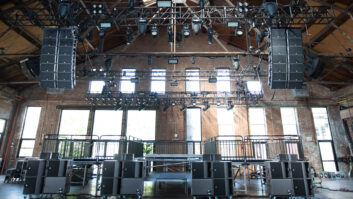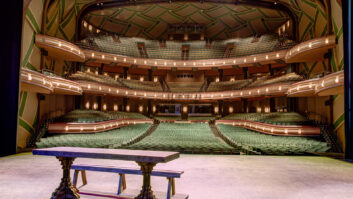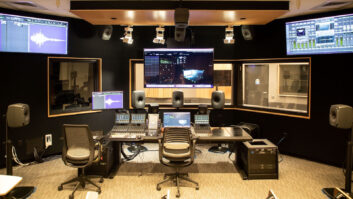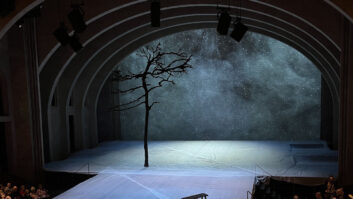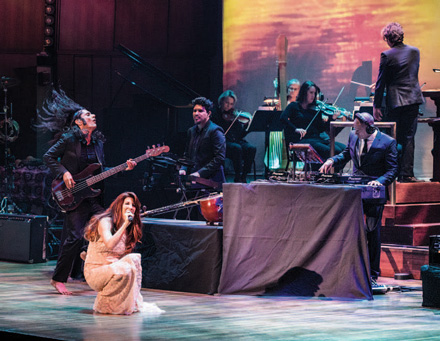
Money is almost always useful. For many artists, fame is cool, too. Then, there’s respect. And if an artist has been selected to play a one-off gig at the John F. Kennedy Center for Performing Arts, in Washington, D.C., they’re rich with the latter.
That word rings loudly within the camp of Thievery Corp., the Washington, D.C.-based recording artist and DJ collective composed of Rob Garza, Eric Hilton and supporting artists that performed at the Kennedy Center’s Concert Hall. That’s where the group and its sound engineer, Gianmaria Conti, co-conspired with KenCen Composer-in-Residence Mason Bates’ KC Jukebox and five other composers to present a Thievery show with a 22-piece orchestra.
“It was a unique show,” Conti says, “and I had to take a completely different approach. We had an extra 30 input lines for the orchestra that needed to be mixed in, and I had zero inputs left on my desk; so we used the house console Soundcraft Vi6 kind of like a side desk, just for that purpose.” D.C. Valentine, longtime Kennedy Center FOH, handled the Vi6. The Corp. travels with its own consoles, a Midas Pro2 at FOH and a ProX at monitors, and Conti offered props to monitor engineer Thomas Smith of Atlanta Sound & Lighting, Thievery Corporation’s regular audio system provider.
“I run about 48 inputs at FOH without the orchestra,” Conti explains. “So we were sending a stereo feed [from the Vi6] to my desk so I could control the overall volume. [There were] too many microphones,” he adds, with a laugh, “so there was lots of bleed. That was the most challenging aspect of mixing this type of show: the 30-some mics on the orchestra’s instruments. We were picking up everything from drum cymbals to the FOH P.A., creating a wash in the mix if it got too loud. That room is so live and made to amplify sound naturally, so that didn’t help. The performance had to be mixed relatively quietly, which is not my usual way.
“This was certainly the most active mix I’ve done so far,” says Conti. “Because of the orchestra bleed, we were constantly riding faders. Actually, the funny thing is that Mason Bates was sitting between the two consoles with the music charts, kind of conducting us—that you didn’t want to turn the orchestra up if nothing was happening, for instance. It was an honor to do this and to collaborate with all the musicians.”
